In the world of anime and manga, few series have left as indelible a mark as Naruto. Created by Masashi Kishimoto, this epic tale of ninjas, friendship, and destiny has captivated audiences around the globe for over two decades. What started as a humble manga series in 1999 eventually evolved into a multi-media empire encompassing not only the original manga but also an immensely popular anime adaptation, video games, novels, and even a sequel series, “Boruto.” In this article, we will delve into the rich world of Naruto, exploring its origins, evolution, and its lasting impact on the world of entertainment.
The Birth of Naruto
Masashi Kishimoto, the creative genius behind Naruto, began his journey as a mangaka (manga artist) with a dream. Inspired by classic manga and his own experiences, he crafted a world where ninja clans, jutsus (magical techniques), and formidable adversaries populated the landscape. In 1999, Naruto made its debut in the pages of Shueisha’s Weekly Shonen Jump magazine, marking the birth of an enduring legend.
The Story of Naruto
Naruto Uzumaki, the series’ titular character, is an orphaned ninja with a dream of becoming the Hokage, the leader of his village, the Hidden Leaf Village (Konohagakure). But Naruto harbors a secret – he’s the vessel for the powerful Nine-Tails Fox demon, which was sealed within him as a baby. This fact leads to his isolation and mistreatment by his fellow villagers.
As the story unfolds, Naruto’s journey is one of self-discovery, perseverance, and the forging of deep friendships. He forms a tight-knit bond with Sasuke Uchiha and Sakura Haruno, his fellow members of Team 7, under the guidance of their sensei, Kakashi Hatake. The series also introduces a wide array of memorable characters, each with their own unique abilities and motivations.
Naruto’s overarching theme revolves around the pursuit of one’s dreams, the importance of friendship, and the power of redemption. Throughout the series, Naruto and his friends face formidable adversaries, uncover dark conspiracies, and ultimately strive to protect their world from powerful threats.
The Success and Impact of Naruto
Naruto’s manga rapidly gained popularity in Japan and overseas, and in 2002, it was adapted into an anime series by Studio Pierrot. The anime brought Kishimoto’s characters to life, providing viewers with an immersive experience that complemented the manga’s storytelling. It also introduced a larger audience to the world of Naruto, solidifying its place in pop culture.
One of the anime’s standout features was its character development. Over the course of hundreds of episodes, viewers witnessed Naruto’s growth from an impulsive and lonely child into a formidable ninja and respected leader. His journey resonated with fans worldwide, inspiring them to believe in themselves and pursue their dreams.
The themes of perseverance and friendship also struck a chord with viewers. The complex relationships and personal struggles of characters like Sasuke, Sakura, and Kakashi added depth to the narrative and made the series relatable to a wide range of audiences.
Naruto also made significant contributions to the world of cosplay, with fans donning intricate ninja costumes at conventions and events. The iconic headbands bearing the insignia of different ninja villages became recognizable symbols of the franchise.
Beyond the Anime and Manga
Naruto’s success extended beyond the printed page and the small screen. It spawned a vast array of spin-off media, including:
Movies: The Naruto franchise produced numerous animated films, many of which were well-received by both fans and critics. These movies often featured original storylines that explored new adventures for the beloved characters.
Video Games: A series of Naruto video games, ranging from fighting games to open-world adventures, allowed fans to step into the ninja world and engage in epic battles. The games provided an interactive way to experience the story and hone their ninja skills.
Novels: Several Naruto light novels and manga adaptations expanded on the lore and character backgrounds, offering fans even more insight into the world of ninjas.
Merchandise: Naruto merchandise flooded the market, with everything from action figures and clothing to collectible cards and accessories. The franchise’s symbols and iconic imagery became popular among fans.
The Legacy Continues: “Boruto”
In 2016, the sequel series “Boruto: Naruto Next Generations” was launched, focusing on Naruto’s son, Boruto Uzumaki, and his adventures in the Hidden Leaf Village. While “Boruto” introduced a new generation of characters, it maintained connections to the original series, exploring the challenges of the next Hokage’s son and his quest to forge his own path.
Despite some initial skepticism, “Boruto” has gained its own following, as fans old and new have been drawn into the continued saga of the ninja world. It serves as a testament to the enduring appeal of the Naruto franchise and the profound impact it has had on the anime and manga industry.
Naruto, both as a manga and an anime, has left an indelible mark on the world of entertainment. Its compelling characters, intricate world-building, and universal themes of friendship, perseverance, and the pursuit of dreams have resonated with fans of all ages. The franchise’s influence extends far beyond the printed page and the television screen, permeating various aspects of popular culture.
As the legacy of Naruto continues with “Boruto: Naruto Next Generations,” it’s clear that Masashi Kishimoto’s creation will remain a beloved and enduring part of the anime and manga landscape for generations to come. The tale of the orange-clad ninja who never gave up on his dreams continues to inspire, reminding us all that with determination and the support of friends, we can overcome any obstacle in our path.
List of ten notable and significant episodes in the Naruto manga series
Keep in mind that there may have been developments in the series since then. Here are ten noteworthy episodes:
- Episode 1: “Naruto Uzumaki” – The very first episode introducing Naruto and his dream of becoming a Hokage.
- Episode 19: “Zabuza Momochi” – The climax of the Land of Waves arc, featuring Naruto and Sasuke’s battle against Zabuza and Haku.
- Episode 81: “Return of the Morning Mist” – The reunion of Team 7 and the return of Sasuke to Konoha.
- Episode 133: “A Plea from a Friend” – Naruto’s emotional confrontation with Sasuke at the Valley of the End.
- Episode 135-136: “The Long-Awaited Reunion” – Naruto and Jiraiya’s reunion, leading to their training journey.
- Episode 167-169: “When You Curse Someone, You Dig Your Own Grave” – The backstory of Itachi and Sasuke’s past is revealed.
- Episode 220: “Departure” – Naruto’s departure for his two-year training journey with Jiraiya.
- Episode 380-381: “The Day Naruto Was Born” – The story of Naruto’s birth and his parents, Minato and Kushina.
- Episode 476-477: “The Final Battle” – The epic showdown between Naruto and Sasuke at the Valley of the End.
- Episode 500: “Naruto Uzumaki” – The series finale, which shows the future of Naruto, Sasuke, and their friends.
These episodes cover some of the most pivotal and emotional moments in Naruto’s journey from a young, aspiring ninja to a legendary hero. There are many more episodes and arcs in the series, and fans may have their personal favorites based on their preferences.

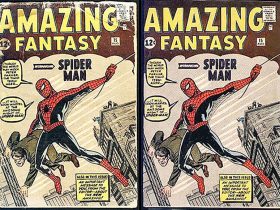
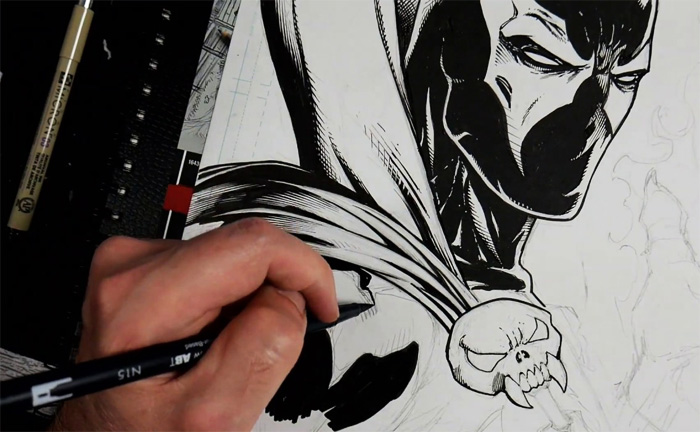
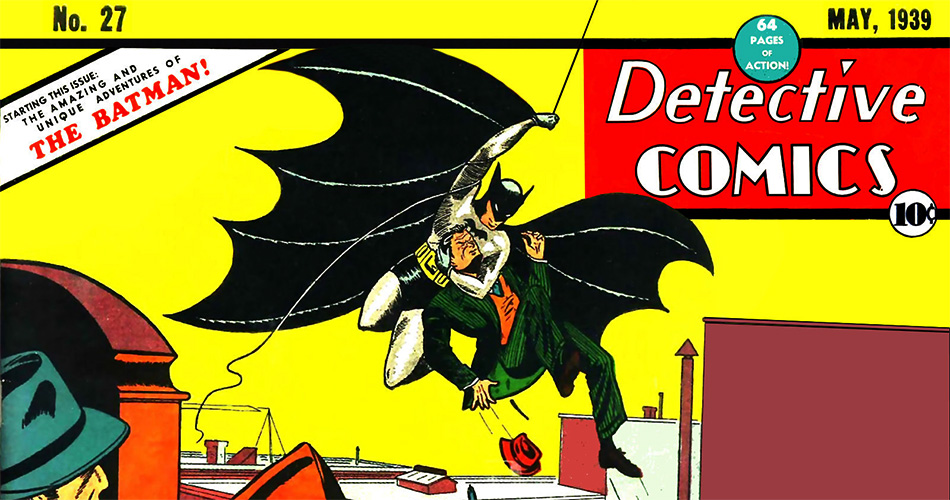

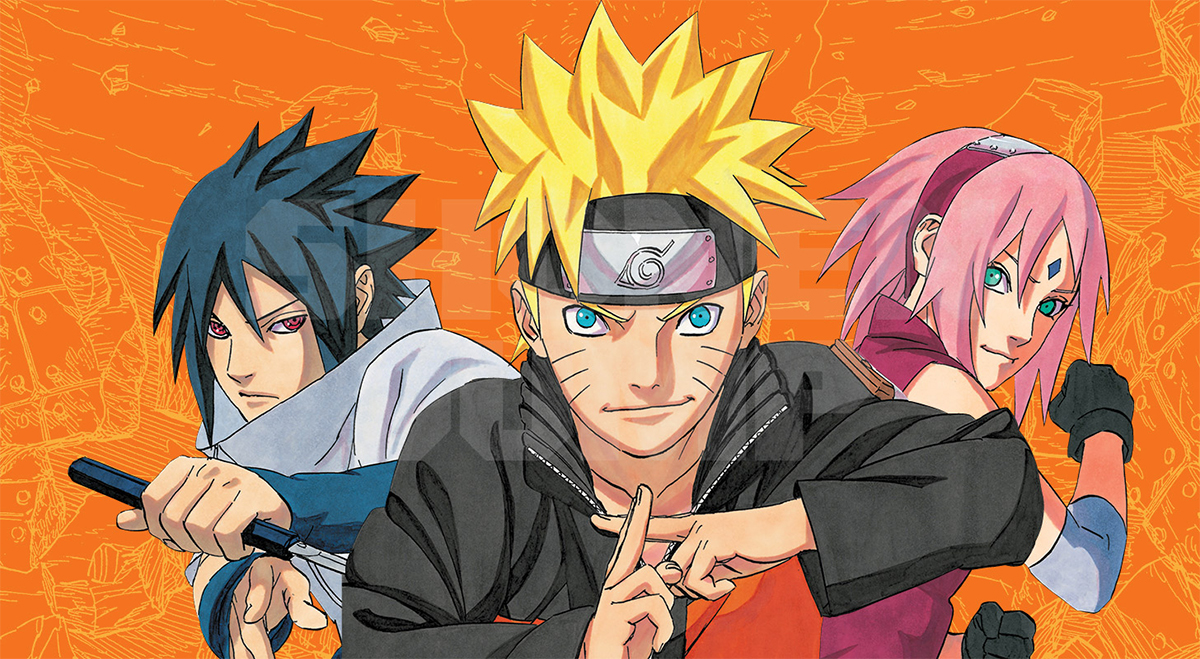
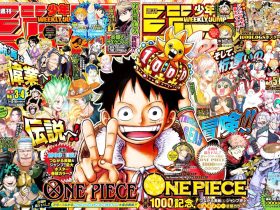
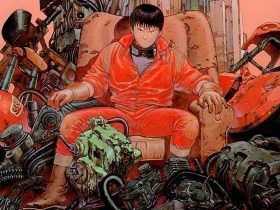
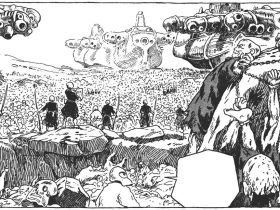
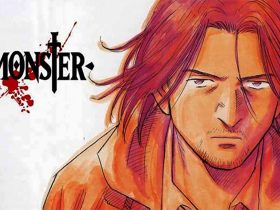
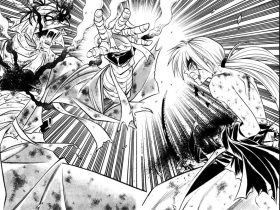
Leave a Reply